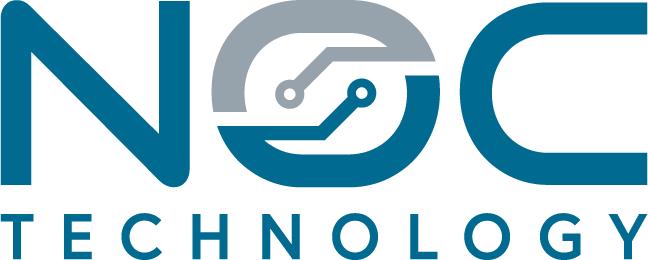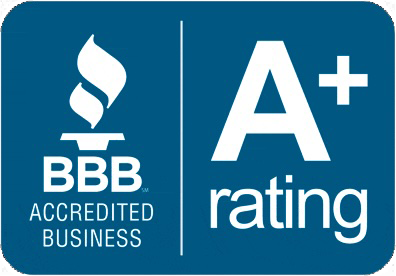Shields up St. Louis!
by Ted Stahl | NOC Technology
How St. Louis businesses can defend against increased cybercrime
On March 21st, President Biden extended the state of national emergency declaration in response to elevated cyber threats to our national security, foreign policy, and economy. This follows the “SHIELDS UP!” Warning declared by CISA (Cybersecurity & Infrastructure Security Agency) explaining that “Every organization – large or small – must be prepared to respond to disruptive cyber incidents.” So, what does all this mean for local businesses? Here are a few things you need to know.
Anti-virus software will not protect you.
Many businesses use anti-virus software to protect their networks, but it is not providing as much protection as they think. In fact, anti-virus is considered relatively useless by IT professionals because it is limited to running virus scans and it is not the advanced endpoint protection required in today’s environment. Ofcourse, no single form of software or cybersecurity tactic alone makes a good defense. You must have a multilayered approach that includes password policies, 2-factor authentication, advanced endpoint protection, a network firewall, user training, and offsite backup.
Watch out for Increased Phishing Scams
Cybercriminals use high-profile events to create scams and social engineering schemes. The Ukraine-Russia war is no different. We have seen phishing themes related to the war aiming to infect targets with remote access trojans (RATs). Manufacturers specifically have been targeted with fake “order holds” and “supplier surveys” attempting to convince their targets of increased shipping and supply issues due to the war. There has also been a significant increase in scammers claiming to be from legitimate charities collecting donations to support Ukraine.
Build a multilayered cybersecurity strategy
Most cybersecurity experts believe that if you haven’t yet implemented proper cybersecurity measures, then you are too late. We prefer to think it’s not too late if you are still in business; it could be worse. There are a few simple things you can do to help protect your business. If you do not have 2-factor authentication required in your business, implement it immediately. Use a robust email protection solution. Change your passwords, create new complex passwords, and make it mandatory to change passwords every three months.
If you have questions or concerns about the security of your network, contact my team at NOC Technology for a security assessment . No sales speeches, just information.
314.500.1000




